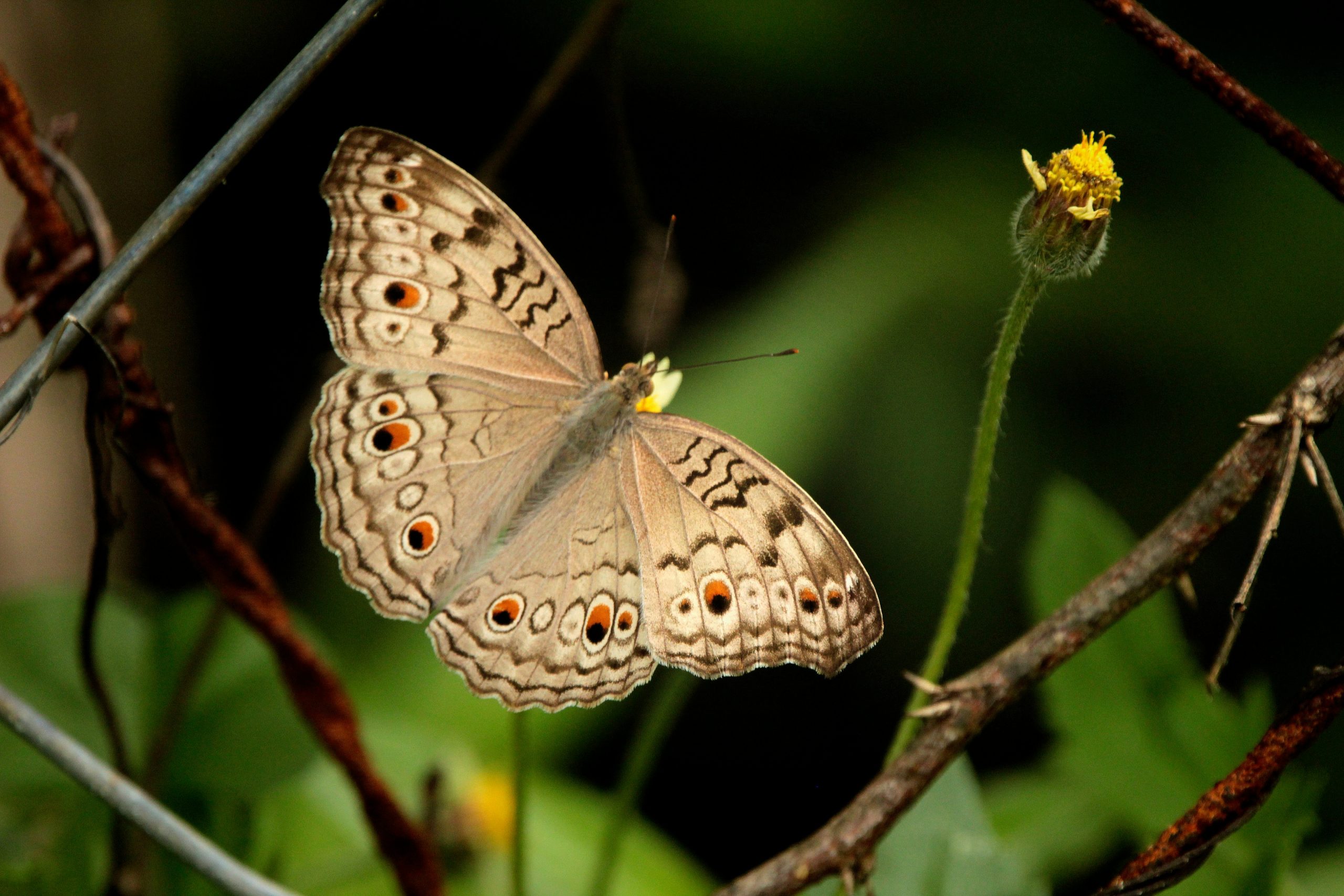
03 Mar March Into Nature: Your Guide to Wildlife Watching This Month
March marks a transitional period in many parts of the world, where the chill of winter begins to fade and spring awakens the natural landscape. It’s a fantastic month for wildlife enthusiasts, as various species become active, engaging in seasonal behaviours that provide exciting opportunities for observation. From bird migrations to whale watching, March offers a plethora of wildlife experiences you won’t want to miss. Here’s a guide to some of the best wildlife watching opportunities available this month.
1. Bird Migration Spectacles
Spring is synonymous with bird migration, and March witnesses the return of many species to their breeding grounds after wintering in warmer climates. This month is particularly vibrant in North America, where various species of songbirds, raptors, and waterfowl make their way back.
Where to Go:
– Point Reyes National Seashore, California: Notably famous for its birding opportunities, Point Reyes sits along the Pacific Flyway. Prepare to see thousands of migrating shorebirds, songbirds, and even raptors like the majestic Bald Eagle.
– Chesapeake Bay, Maryland: March brings the arrival of waterfowl to this vital wetland ecosystem. Look for migratory species like the Snow Geese and various ducks, making it a hotspot for bird watchers.
To enhance your experience, participating in local birding festivals can add an element of community and guided expertise.
2. Whale Watching Adventures
March is also a remarkable month for whale watching, particularly along the coasts of North America and beyond. As gray whales migrate south from their feeding grounds in the Arctic to calving areas in Mexico, the opportunity to witness these magnificent creatures becomes readily available.
Where to Go:
– Maui, Hawaii: Late winter and early spring is prime time for humpback whale sightings in Maui. The crystal-clear waters off Maui allow for excellent visibility, making it an incredible setting to see these gentle giants breach and spout.
– Monterey Bay, California: The waters off Monterey are abundant with marine life, including migrating gray whales. In March, whale watching tours will often leave from the harbour, providing the chance to spot not just whales, but dolphins and sea lions as well.
Be sure to dress warmly and bring binoculars and a camera to capture these moments!
3. The Spring Awakening of Amphibians
As temperatures rise in March, many amphibians begin their spring mating rituals. Frogs and salamanders emerge from hibernation, creating an enchanting evening chorus and colorful displays.
Where to Go:
– Great Smoky Mountains National Park, Tennessee/North Carolina: Known for its biodiversity, March is prime time for viewing the red-spotted newt and various frog species. Guided night hikes can be arranged to track their movements and listen to their calls.
– Wetlands Across the U.S.: Many wetlands offer great viewing opportunities for amphibian activity. Efficiently utilising local resources, such as conservation organisations, can enhance your chances of finding specific species.
4. The Return of the Monarch Butterflies
March can also herald the beginning of butterfly migration, especially for the iconic monarch butterfly. As wintering populations in Mexico emerge, they begin their long journey north to their breeding grounds in the U.S. and Canada.
Where to Go:
– California’s Central Coast: March can see the first waves of monarch butterflies arriving along the coastal regions. Butterfly groves in Pacific Grove provide an incredible opportunity to witness their overwintering population before they disperse.
Don’t forget your camera, as their vibrant colours against the backdrop of budding spring flowers make for stunning photography.
5. Spring Wildflowers and the Pollinators
As nature wakes up in March, it brings not just wildlife but a blooming canvas of wildflowers, which in turn attracts various pollinators. The interplay between spring blossoms and the buzzing of bees is a delightful experience.
Where to Go:
– Desert Southwest: The Anza-Borrego Desert in California, famed for its superbloom years, often begins to bloom in late March. The sight of wildflowers attracts numerous pollinators, from bees to butterflies, creating a lively ecosystem to observe.
Engaging in local nature walks or guided tours can provide insights into the flora and fauna, enriching your understanding of these ecosystems.
March offers a wealth of opportunities for wildlife watching, allowing you to witness the beauty of nature’s seasonal transitions. With active bird migrations, spectacular whale watching, the awakening of amphibians, an influx of butterflies, and the emergence of spring wildflowers, wildlife encounters await in abundance. This month is a reminder of the delicate balance that sustains our ecosystems and the sheer joy of observing nature in action. So grab your binoculars, pack your camera, and step into the great outdoors.

